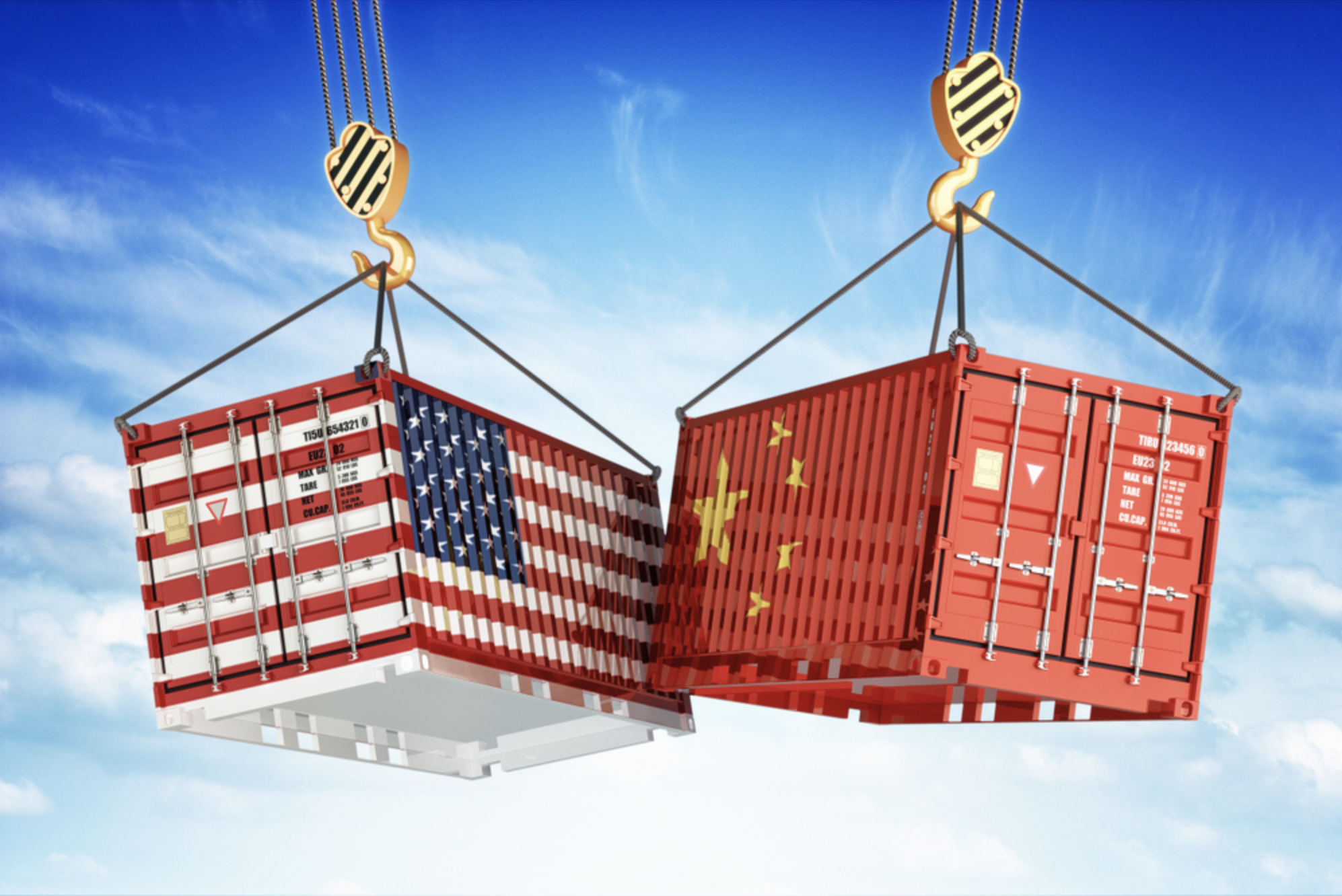How AV Pros Can Stay A Step Ahead of Tariffs

With audio shipments on the rise and demand for more robust connected systems in homes and businesses, the AV industry has been doing well. Integrators and dealers have been able to grow their businesses, but this upward trend has a threat: the recently-introduced tariffs (25-percent import taxes) put in place with China by the current U.S. administration.
More tariffs are on the way, and new ones could be coming, leading to the inevitable price increases. Long term, some say the tariffs will lead to reduced consumer confidence resulting in a possible recession. At any rate, the growth of the AV industry could be headed for a slowdown. The monetary strain tariffs are putting on manufacturers that will likely trickle down to customers will be new territory for dealers as well. To keep AV businesses profitable during turbulent times, dealers and integrators can follow these best practices:
Diversify the Business Model
A slowdown in business could be caused by either increased product prices or changes in demand, and AV businesses can protect against it by diversifying their model. AV businesses are unique; each one’s client base, size, expertise, and background differ. While some handle a few large AV installations like places of worship, theaters, stadiums, etc. per year, others may handle many conferencing, security, or audio systems for smaller businesses like restaurants, bars, and offices.
Adjusting project frequency and type can keep revenue flowing for dealers, if a demand slowdown occurs. Dealers can take on projects of different sizes, or take on smaller side projects to expand their customer base and keep a steadier income stream. They can also expand their offering on the products side, recommending a networking upgrade when customers are seeking an audio or security system upgrade. Diversifying how they take on new business can help as well. If most business is referral, integrators can branch out by working with builders to install in new offices and developments, or expanding their territory. With a great distribution partner, expanding product needs and into new territories is easier when everything is available at convenient locations across the country.
Take Advantage of Training Opportunities
Supporting a more diverse range of projects requires expanding the business’s regular product lineup. This process often starts with training, and dealers can take advantage of sessions on the new products constantly streaming into the market from both manufacturers and distributors.
[SCN 2019 Training & Service Guide]
Staying on top of what’s new, plus products in categories out of the comfort zone, will help prepare the team to take on more diverse projects. If a business typically handles large installations and is branching into light commercial projects, the products needed on-hand will change. With size changes, for example, different grade networking gear or audio equipment in a lower price range may be needed as well, or even just smaller racks and mounts. When diversifying a project repertoire, access to a large variety of product helps stock for a new set of job requirements.
A daily selection of features, industry news, and analysis for AV/IT professionals. Sign up below.
It’s also important to stay versed on many product categories, and even products in the same category. That way, if a key piece of equipment is affected by tariffs and the price shoots up, or it becomes unavailable, a backup option is ready to go.
Adjust Estimates to Safeguard Against Price Changes
Teams accustomed to large installations probably spend a good amount of time planning while with the customer to agree on the scope of work. When taking on smaller projects, be prepared for a shorter planning process, but, no matter the planning time, be cautious of impending price changes. While customers could sit on an estimate for a few weeks—or even months—before moving forward, long approval times are riskier in the tariff climate, as product prices can change.
To ensure clarity and a smooth start to new business, set up an expiration on estimate pricing. That way, if the customer agrees to the scope, dealers update the pricing when they’re ready to move forward to make sure that products are in stock and protect their margins. Being upfront with customers and new clients about the effects of the tariffs will build trust and start a successful relationship.
In the end, tariffs are a new challenge for all in the industry. Consumers and businesses seeking AV and other systems may not yet have experienced the impact, and planning for the changes will minimize the impact to dealers’ businesses. Successful integrators are responsive to market conditions, continuously take on new technologies, and adjust their business to suit demand. To weather tariff changes, firms can also seek assistance from distributor partners who have the stock, locations, and training to simplify the process.
